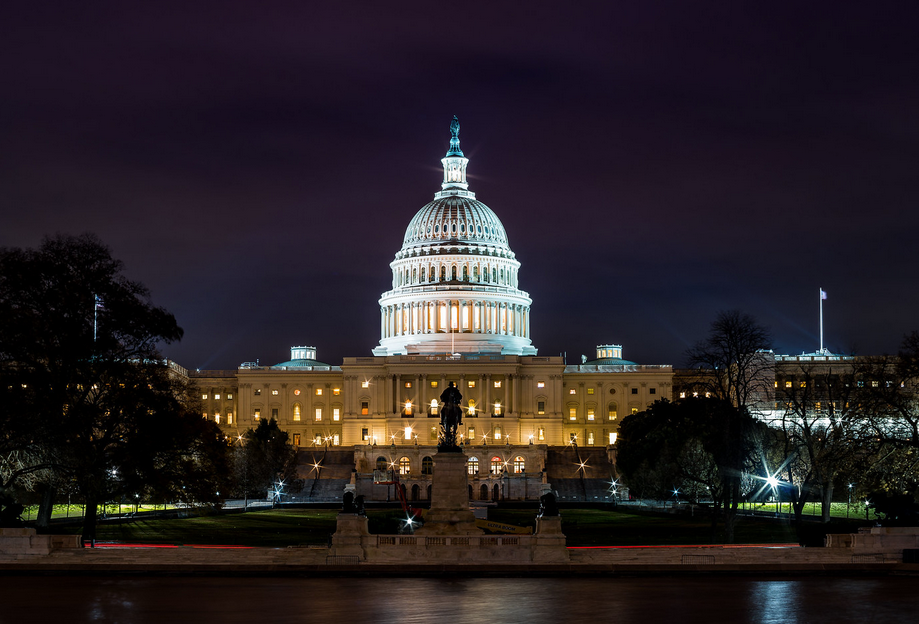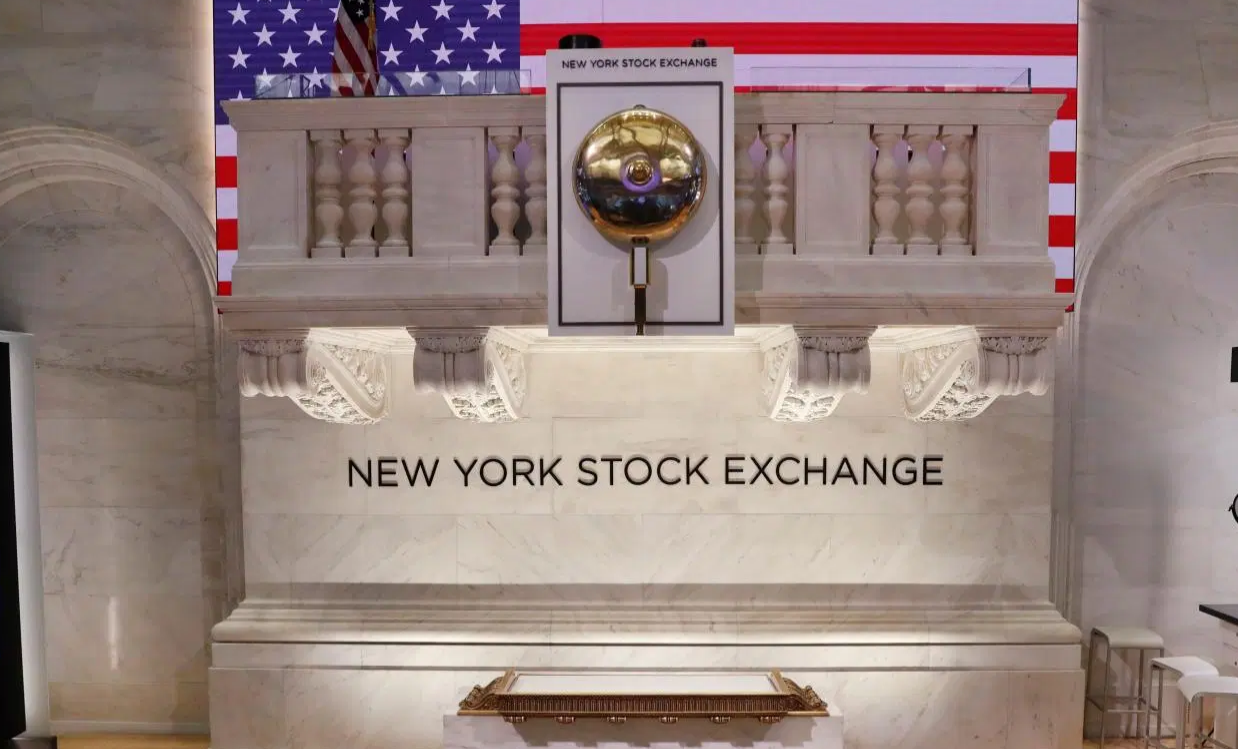After a couple of weeks’ of battling, Congress fagreed on a stimulus package thought to total $2trn (9.2% of GDP). This is an unprecedented stimulus, which according to David Page, Head of Macro Research at AXA Investment Managers, represents 9.2% of GDP.
The package began as a Senate Republican proposal estimated at around $850 bn, but over the ensuing time has morphed into a package that is estimated to more than double the combined GFC packages – the Economic Stimulus Act 2008 and the American Recovery and Reinvestment Act (2009). Senate Democrats had resisted earlier passage of the bill because it was not sufficiently focused on households, state or local governments. Democrats also wanted sufficient oversight of how a large portion of the package, to support larger businesses, was distributed. On Wednesday night 25, the Senate approved the measure with a unanimous vote of 96-0 and the House of Representatives voted out loud on Friday 27, with which the stimulus plan was approved.
The stimulus package contains
- $500bn in bank loans and direct assistance to US companies, states and local governments affected by the virus (including $75bn to large corporates including airlines).
- $377bn to small businesses (sub-500) to help fund payrolls in coming months. These payments will be structured as up to $10m interest free loans to businesses, but will be ‘forgiven’ proportionate to the number of workers kept on payrolls.
- $250bn in direct checks to US individuals ($1200 per person, $500 per child).
- $260bn in expanded unemployment insurance, raising payments by $600 per week and extending coverage duration by four months.
- $150bn funding for states
- $340bn additional Federal government spending
US Treasury Secretary Mnuchin stated that these payments would come quickly. He stated that loans to small businesses would be made next week and that individual payments would be paid within three weeks. Democrats secured more precise oversight for the distribution of stimulus funds to large corporates after accusations surrounding the distribution of TARP over a decade ago. An independent Inspector General will be appointed who will work with a panel of five members picked by Congress. A weekly report on the disbursement of funds will be produced.
While eye-watering in scale and a complement to the range of measures enacted by the Federal Reserve, questions remain about whether even this will prove sufficient. Governors from Maryland and New York have suggested that there is insufficient aid to states most affected by the virus. In combination, the Fed and Congress are trying to help US households and businesses plug the significant hole that the coronavirus will leave in the economy over the coming months. The problem is no one can be sure how big that hole will be. The median estimate for jobless claims (released today) is to rise to 1.64m, although some estimate more than double that. St Louis Fed President Bullard recently said unemployment could rise to 30% in Q2. Such a sharp rise would suggest a double-digit fall in real disposable incomes in Q2, which would in turn exacerbate a sharp fall in domestic spending not just in Q2, but over the coming quarters. The stimulus package is designed to prevent such a deterioration, particularly by providing direct support to firms and incentivising them keep workers on payrolls, and to individuals through direct payments. This complements the Fed’s actions to facilitate lending to businesses to keep afloat while the virus-related drop in demand passes. But only the coming weeks will show how successful these measures will prove.
The stimulus package approved by Congress is also in part designed to bolster confidence, particularly for financial markets. To that extent, it has proved successful with the S&P 500 index rising by 10.5% as certainty over the passage of the stimulus rose. This easing in financial conditions in part offsets the material tightening over recent weeks which has provided an additional headwind to activity. Broader market moves saw the impact of the stimulus mix with ongoing efforts to curb liquidity issues in USD markets. 2-year yields have fallen by 10 bps to 0.30% over recent sessions, while 10 year yields have fallen by around 7 bps over a similar timeframe to 0.79%. The dollar has fallen by 2.4% against a basket of currencies this week as dollar liquidity scarcity has started to ease.




